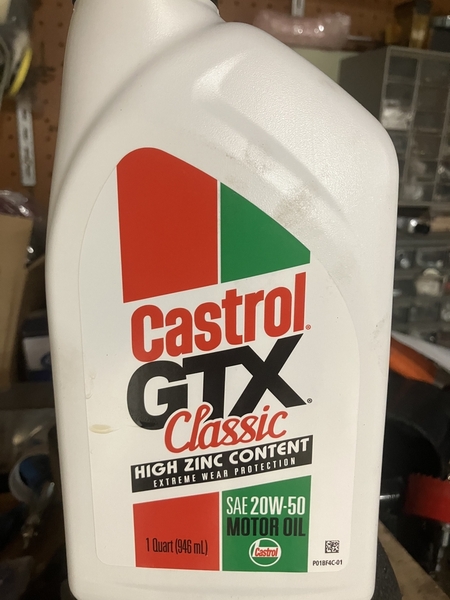I have an engine build in progress and planning ahead to the first start-up...
The Windsor engine is getting a new Comp Cams roller with .530/.510 lift and 322 lbs/in springs. In the instructions CC state that the inner valve springs should be removed for break-in...2 things cross my mind:
1) changing valve springs with the engine in a Pantera is not a going to be at all easy.
2) the Comp Cams installation manual is generic to their whole range of cams, flat tappet and roller, mild and wild...
What recommendations from people WITH experience on this topic?
If it's defo run in with just outer springs, I'm thinking I'll take the engine out to put back the inners....



